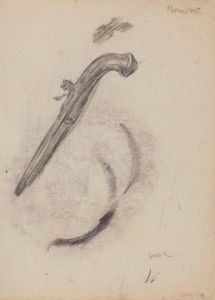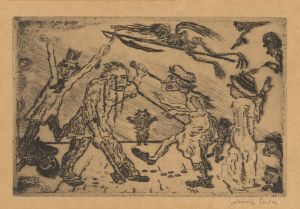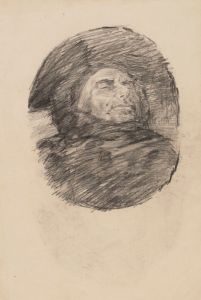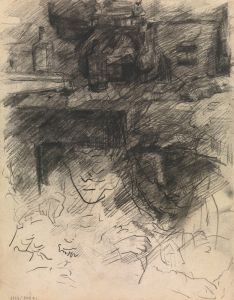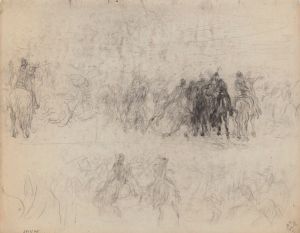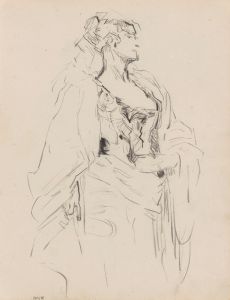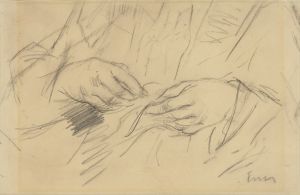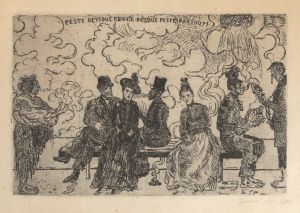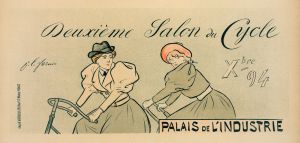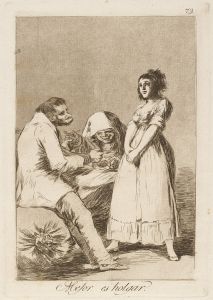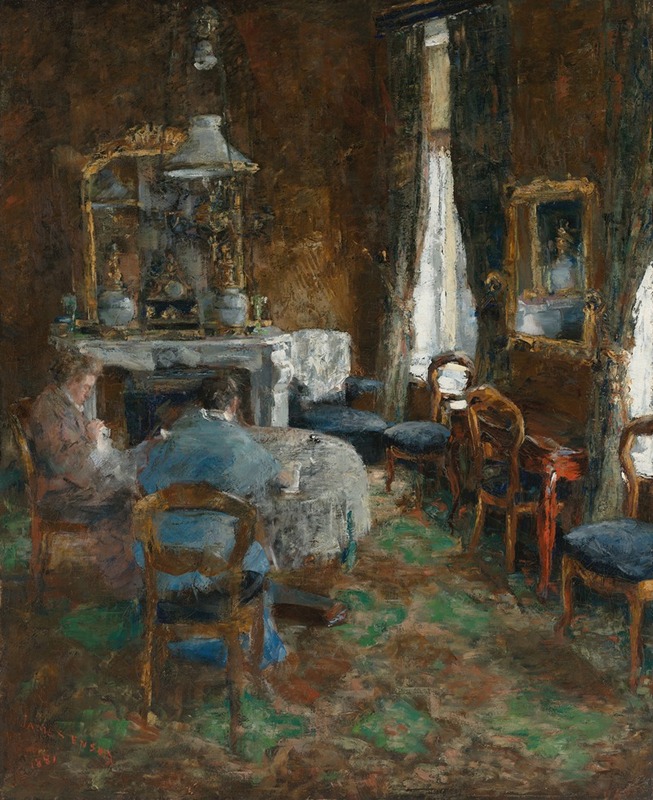
The Bourgeois Salon
A hand-painted replica of James Ensor’s masterpiece The Bourgeois Salon, meticulously crafted by professional artists to capture the true essence of the original. Each piece is created with museum-quality canvas and rare mineral pigments, carefully painted by experienced artists with delicate brushstrokes and rich, layered colors to perfectly recreate the texture of the original artwork. Unlike machine-printed reproductions, this hand-painted version brings the painting to life, infused with the artist’s emotions and skill in every stroke. Whether for personal collection or home decoration, it instantly elevates the artistic atmosphere of any space.
James Ensor's painting "The Bourgeois Salon" is a notable work by the Belgian artist, who is renowned for his unique style and contribution to the Symbolist movement. Ensor, born in 1860 in Ostend, Belgium, was a pivotal figure in the transition from the 19th-century artistic traditions to the modernist movements of the 20th century. His work often features satirical and grotesque elements, reflecting his critical view of society and the human condition.
"The Bourgeois Salon," created in 1881, is an early example of Ensor's exploration of bourgeois society, a recurring theme in his oeuvre. The painting depicts a domestic interior scene, characteristic of the bourgeois lifestyle of the time. Ensor's portrayal of the salon is both detailed and critical, capturing the essence of the bourgeoisie with a sense of irony and detachment.
In this painting, Ensor employs a vivid color palette and expressive brushwork, which would later become hallmarks of his style. The composition is filled with figures engaged in various activities typical of a bourgeois gathering, such as conversing, playing music, or simply lounging. Ensor's keen observation of social dynamics is evident in the way he captures the interactions and expressions of the figures, offering a glimpse into the social rituals and pretensions of the middle class.
Ensor's work is often noted for its psychological depth and complexity. In "The Bourgeois Salon," he subtly critiques the superficiality and self-absorption of the bourgeoisie. The figures in the painting appear somewhat disconnected from one another, each absorbed in their own world, which may suggest a commentary on the isolation and alienation inherent in bourgeois society.
The painting also reflects Ensor's interest in light and shadow, as he skillfully uses these elements to create a sense of depth and atmosphere. The interplay of light and shadow not only enhances the visual impact of the painting but also contributes to its thematic exploration of appearance versus reality.
"The Bourgeois Salon" is significant within Ensor's body of work as it marks a period of experimentation and development in his artistic career. During the early 1880s, Ensor was beginning to move away from the academic traditions he had been trained in, embracing a more personal and expressive approach to painting. This shift would eventually lead to his more radical and innovative works, such as "The Entry of Christ into Brussels in 1889," which solidified his reputation as a precursor to Expressionism and Surrealism.
Ensor's critical view of the bourgeoisie and his innovative artistic techniques have made "The Bourgeois Salon" an important piece for understanding his development as an artist and his contribution to modern art. The painting remains a testament to Ensor's ability to blend social commentary with artistic innovation, offering a window into the complexities of late 19th-century society through the lens of his unique vision.





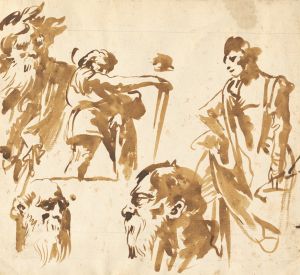
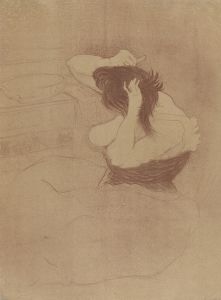
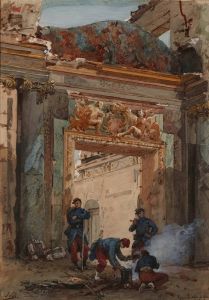
![[Design for the Lentheric Salon, Fifth Ave. & 58th St., Savoy-Plaza Hotel, New York, NY.] [Perspective rendering](/imgs/249263/s/winold-reiss-design-for-the-lentheric-salon-fifth-ave-58th-st-savoyplaza-hotel-new-york-ny-perspective-rendering-e749987f.jpg)
